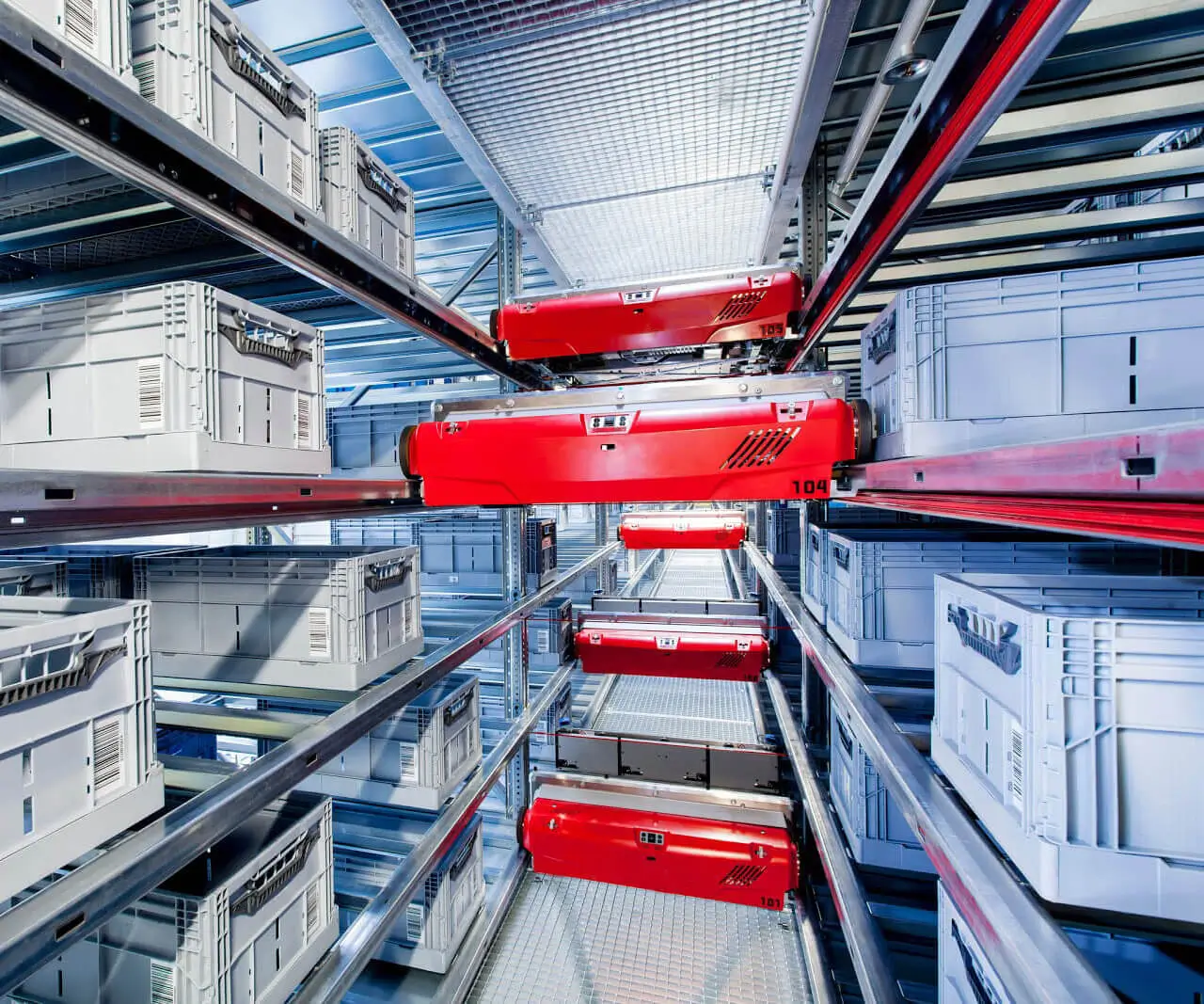Imagine you're juggling a bunch of different apps in a microservices environment. One app calls another, everything runs smoothly until suddenly—boom! A spike in traffic or a hiccup causes some services to get overwhelmed. That's where a circuit breaker comes into play. Think of it as your digital circuit switch—when things go south, it flips the switch to protect the network.

You might wonder, "What exactly does a circuit breaker do?" Well, picture it like a safety net. Instead of allowing faulty services to take down the whole system, it detects failures fast. The moment it senses a service struggling—say, a database that's slow to respond—it trips. That means it temporarily stops making calls to that part of the system. The goal? Prevent the failure from spreading like wildfire, keeping the rest of the environment healthy and responsive.
It's a pretty smart mechanism, especially when you're dealing with unpredictable loads. Let's say you're running an ecommerce site during a flash sale. Thousands of users are hitting your checkout service — talk about stress testing! If that checkout service starts faltering, a circuit breaker prevents cascading failures. Rather than crashing everything, it opens the circuit, so other parts of the system can continue humming along.
Now, how does it decide when to open or close? Good question. Usually, parameters like failure rate and timeout thresholds play a role. For example, if 60% of calls to a particular service fail within a minute, it might trip. But once things stabilize—say, the load drops or the service gets fixed—the circuit resets and closes again, allowing normal traffic through.
People often ask, “Are circuit breakers only for critical systems?” Not at all. They’re like insurance for microservices—you never really notice their quarterbacking unless something's wrong. Without them, a single faulty component can bring down the entire system, affecting user experience and revenue. From payment gateways to user authentication, integrating circuit breakers bolsters resilience across the board.
Some argue these mechanisms add complexity, but it’s like adding a seatbelt—sure, it might feel restrictive at times, but it saves your ride when things go sideways. Plus, with the right configuration, they can be subtle magic—they recover quickly and keep systems running smoothly without fuss.
So, if you're aiming for reliable, scalable microservices that can handle the chaos, a circuit breaker is an essential piece of the puzzle. It’s not just about fixing problems; it’s about preventing them from spreading, keeping users happy, and maintaining peace of mind in a storm of digital traffic.
Established in 2005, Kpower has been dedicated to a professional compact motion unit manufacturer, headquartered in Dongguan, Guangdong Province, China. Leveraging innovations in modular drive technology, Kpower integrates high-performance motors, precision reducers, and multi-protocol control systems to provide efficient and customized smart drive system solutions. Kpower has delivered professional drive system solutions to over 500 enterprise clients globally with products covering various fields such as Smart Home Systems, Automatic Electronics, Robotics, Precision Agriculture, Drones, and Industrial Automation.




































